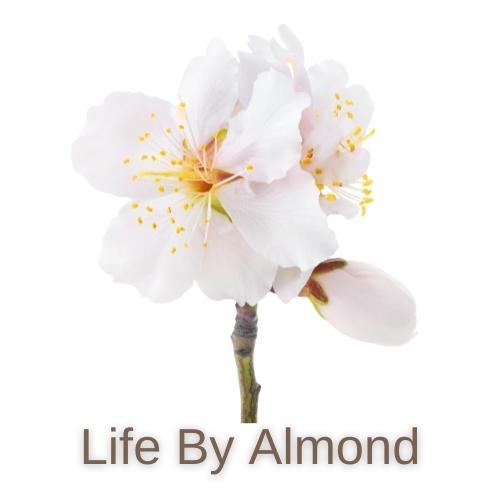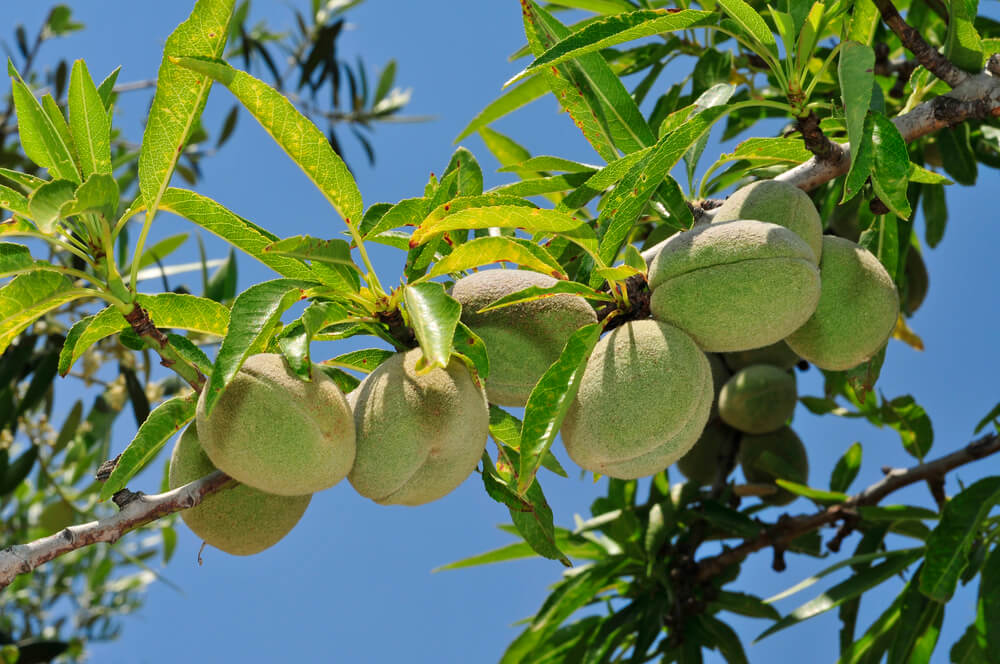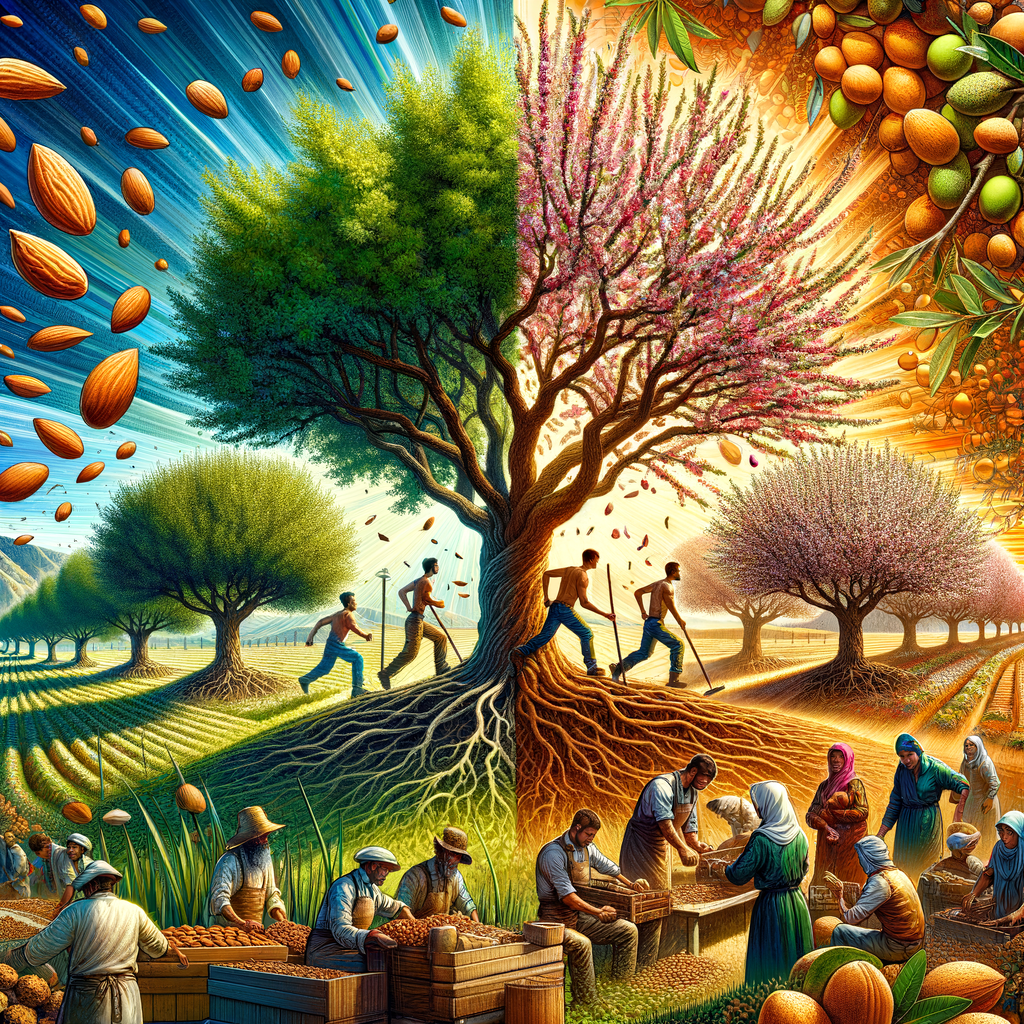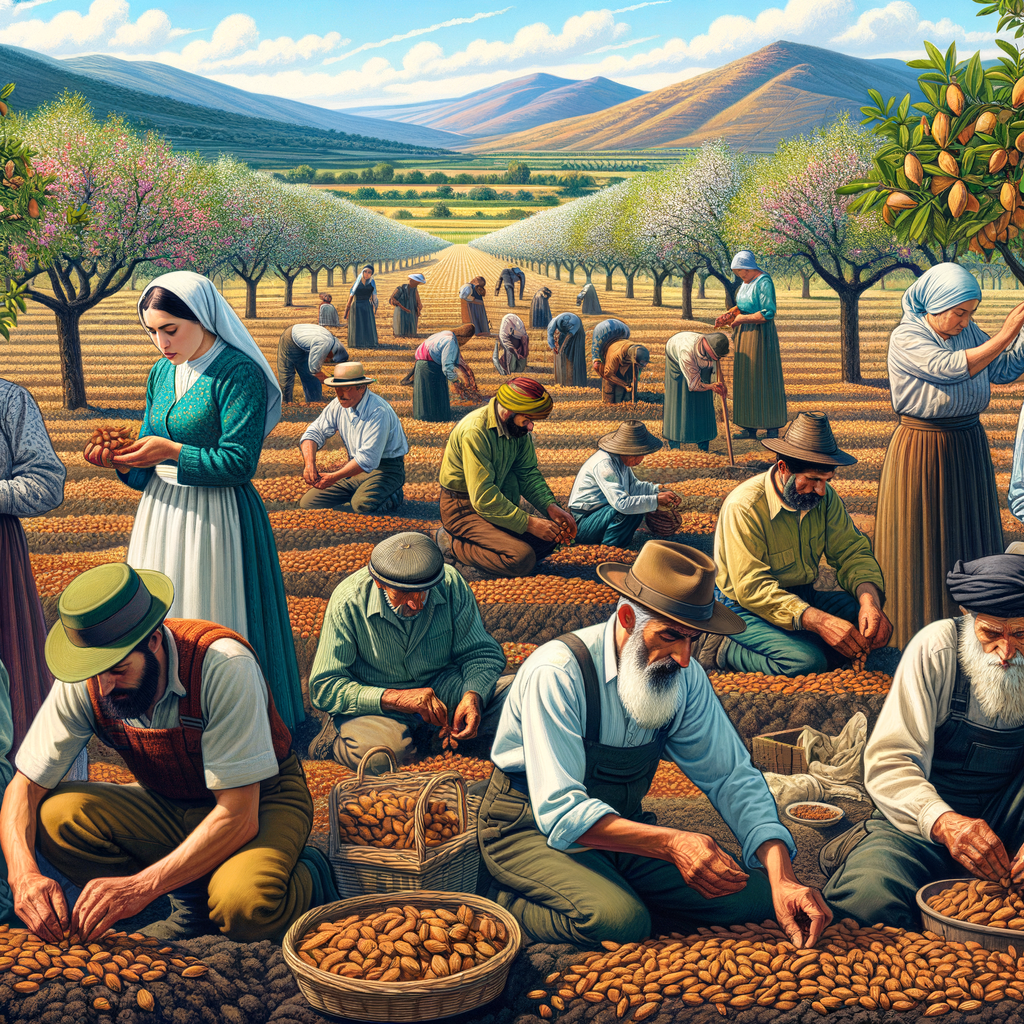Almond trees are lovely, and fragrant, and produce a delicious nut that we all know and love. But what else is there to know about these delightful trees? Read on to find out more about almond trees, including their history, how they’re grown, and some interesting facts you may not have known!
What Is an Almond Tree Used For?
Almond trees have been cultivated for their nuts for centuries, and they are now a widely grown crop in many parts of the world. The almonds we eat are the seeds of the almond tree, and they are encased in a hard shell. Almonds are a popular addition to many recipes, and they are also used in a variety of cosmetics and skincare products.
Apart from that, almond trees have several other uses. The wood of the almond tree is strong and durable, making it ideal for furniture and woodworking. The oil from almonds is also used in many different products, including soaps and lubricants.
What Are the Characteristics of an Almond Tree?
Almond trees are part of the Rosaceae family, which also includes other popular fruits like peaches, plums, and cherries. They typically grow to be about 20-30 feet tall, with a spreading canopy of branches. The leaves are green and glossy, and the flowers are white or pinkish. Almond trees typically bloom in the springtime. Their uniqueness doesn’t stop there- the almond tree is a deciduous tree, meaning it loses its leaves in the winter.
Almond trees need full sun and well-drained soil to grow properly. They are relatively drought-tolerant once they are established, but they do need some water during the summer months. Almond trees are also relatively pest- and disease-resistant, making them a low-maintenance crop for farmers and gardeners alike.
Where Do Almond Trees Grow?
Almond trees originated in Asia Minor and the Middle East, but they are now grown in many parts of the world, including California, Spain, Italy, Portugal, and Morocco. California produces the majority of the world’s almonds; in fact, it is estimated that approximately 80% of all almonds consumed worldwide come from California.
What Do Almonds Taste Like?
Almonds have a rich, nutty flavor that is both sweet and savory. They are versatile ingredients that can be used in both sweet and savory dishes. Almonds can be eaten whole, or they can be ground into almond flour that can be used in baking. They can be eaten raw, roasted, or flavored in a variety of ways.
Can You Grow an Almond Tree From an Almond?
Yes, you can grow an almond tree from an almond! All you need to do is remove the hard shell from the almond and plant it in well-drained soil. The almond will sprout and eventually grow into a full-sized almond tree. Take into consideration, however, that it can take up to 10 years for an almond tree to reach maturity and begin producing nuts.
What Type of Tree Is an Almond Tree?
As we mentioned before, almond trees are part of the Rosaceae family. Within that family, they are classified as Prunus dulcis. There are two main types of almond trees- those that produce sweet almonds, and those that produce bitter almonds.
The vast majority of almond trees grown commercially produce sweet almonds, as they are the type most often eaten by people. Bitter almond trees are poisonous, and their nuts are not safe to eat. However, the oil from bitter almonds is used in a variety of products, including cosmetics and cleaning products.
When Do Almond Trees Produce Fruit?
Almond trees typically begin bearing fruit (almonds) after 4-6 years. However, it can take up to 10 years for an almond tree to reach full maturity and produce the most almonds. Almonds are typically harvested in the late summer or early fall. When it comes to climate, almond trees prefer warm weather and do not tolerate frost well. It can affect the quality of the nuts if the tree blooms during a cold snap or frost.
What Is the Average Lifespan of an Almond Tree?
The average lifespan of an almond tree is 15-20 years. However, with proper care and maintenance, an almond tree can produce almonds for up to 30 years. After about 20 years, the number of almonds produced by the tree will start to decline.
Almond trees are popular for a variety of reasons- their nuts are tasty and versatile, they are relatively easy to care for, and they have a long lifespan. If you are thinking about planting an almond tree, be sure to do your research to ensure that it will thrive in your climate and soil conditions. With a little love and care, your almond tree will produce delicious nuts for many years to come!
How Deep Do Almond Tree Roots Grow?
Almond tree roots typically grow to a depth of 3-4 feet. However, the roots can extend up to 6 feet deep if the soil is loose and well-drained. Almond trees need deep, extensive root systems to thrive. The roots help anchor the tree in the ground and absorb water and nutrients from the soil. If the roots are unable to reach deep into the ground, the tree may be more susceptible to wind damage or drought stress. If you are planning to plant an almond tree, be sure to choose a location with loose, well-drained soil.
What Are the Different Parts of an Almond Tree?
Like all plants, almond trees have different parts that serve different functions. Let’s take a look at the different parts of an almond tree and what they do:
Roots: The roots of an almond tree serve several important functions. They anchor the tree in the ground, absorb water and nutrients from the soil, and store food for the tree. The roots of an almond tree typically grow to a depth of 3-4 feet, but they can extend up to 6 feet deep if the soil is loose and well-drained.
Trunk: The trunk of an almond tree is the main stem that supports the branches and leaves. The trunk is typically straight and slender, and it is covered in a smooth, brown bark.
Branches: The branches of an almond tree grow out from the trunk and support the leaves. Almond trees tend to produce suckers, which are small shoots that sprout from the base of the tree or the roots. Suckers should be removed from the tree to prevent them from taking away energy and resources from the rest of the tree.
Leaves: The leaves of an almond tree are long, narrow, and lance-shaped. They are dark green and have smooth surfaces. The leaves of an almond tree are arranged in pairs along the branches. Each leaf has a small stalk, or petiole, that attaches it to the branch.
Flowers: The flowers of an almond tree are white and delicate. They typically bloom in the early spring, before the leaves appear. The flowers are arranged in clusters, and each flower has six petals.
Fruit: The fruit of an almond tree is, of course, almonds! Almonds are encased in a hard shell that is green when they first form and turns brown as they mature. Almonds are typically harvested in the late summer or early fall.
The different parts of an almond tree all serve important functions that help the tree to grow and thrive. Be sure to familiarize yourself with the different parts of an almond tree before you plant one in your yard!
What Does the Almond Tree Symbolize in the Bible?
The almond tree is mentioned several times in the Bible, and it has several different symbolisms. In the Old Testament, the almond tree was often used as a symbol of vigilance and promise. For example, in the book of Numbers, Aaron’s rod was turned into an almond tree to signify that he would be a watchful leader (Numbers 17:8).
In the New Testament, the almond tree is mentioned as a symbol of the Resurrection. In Revelation 22:2, we read, “In the middle of its street, and on either side of the river, was there the tree of life, which bore twelve fruits, each tree yielding its fruit every month. The leaves of the tree were for the healing of the nations.” This passage symbolizes the hope and promise of eternal life that we have through Jesus Christ.
The almond tree has been a symbol of many things throughout history, but its most important symbolism is that of new life. The almond tree blooms in the early spring before the leaves appear. This is a symbol of hope and new beginnings. No matter what challenges you may be facing in your life, remember that there is always hope for a new beginning.
What Are Some Interesting Facts About Almond Trees?
Did you know that almonds are technically a stone fruit? That’s right – they are related to peaches, plums, and cherries! Another fun fact about almonds is that they contain more calcium than any other nut. And finally, it takes approximately 1,000 almonds to make just one pound of almond butter!
Final Words
Almond trees are beautiful, hardy, and versatile. They can be used for ornamental purposes, as shade trees, or for their delicious nuts. No matter how you choose to use them, almond trees are sure to add beauty and interest to your landscape. Be sure to plant one in your yard today!








